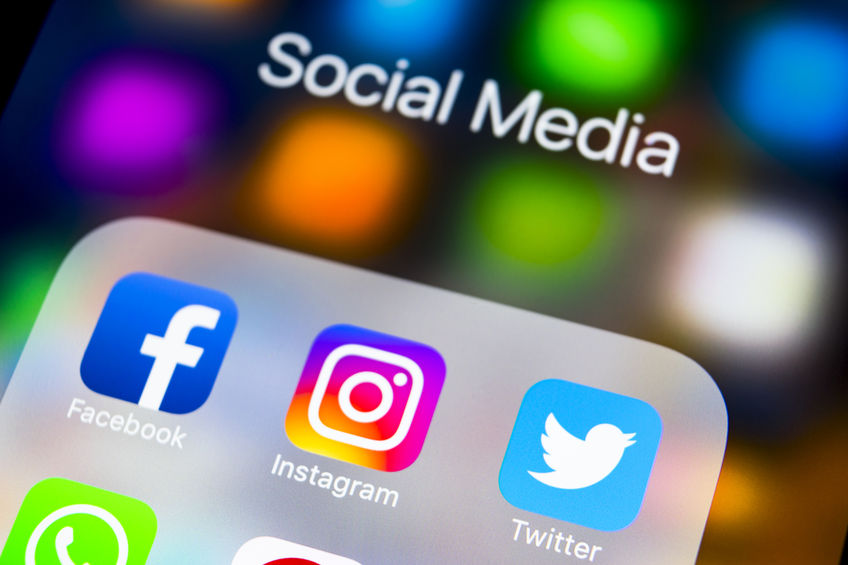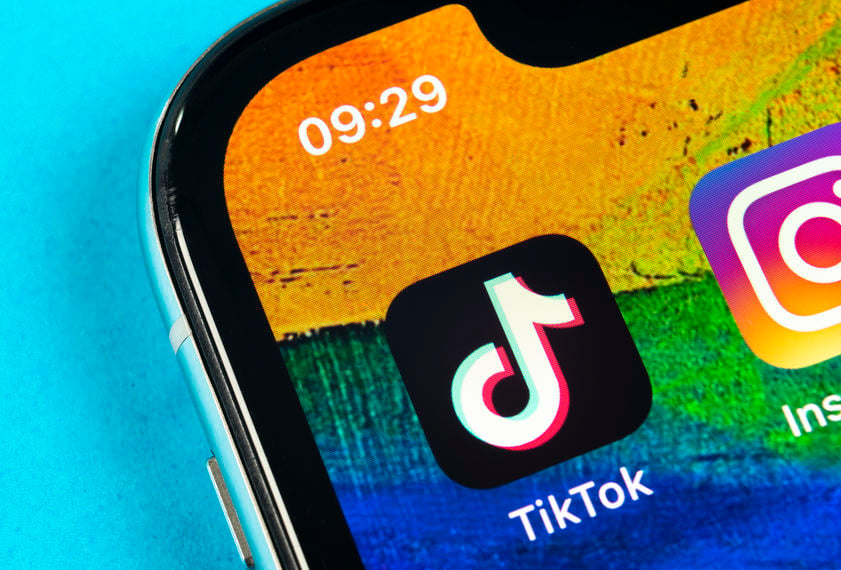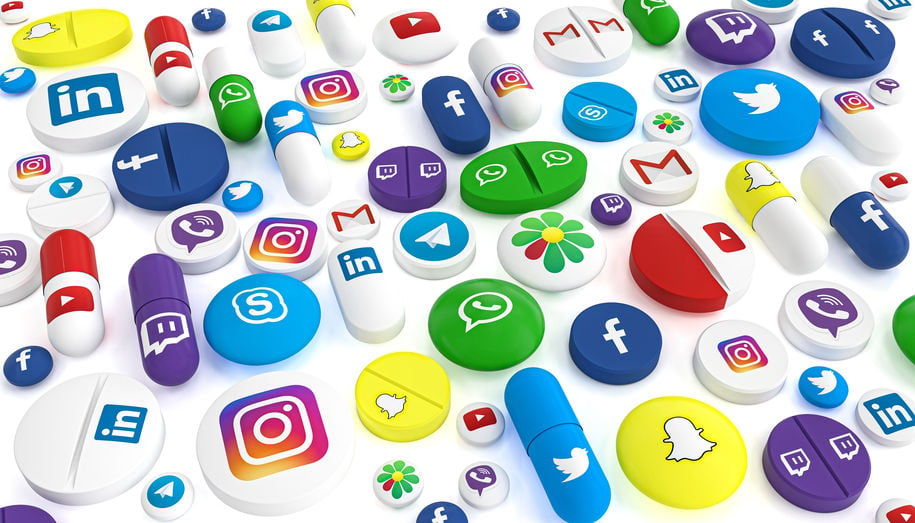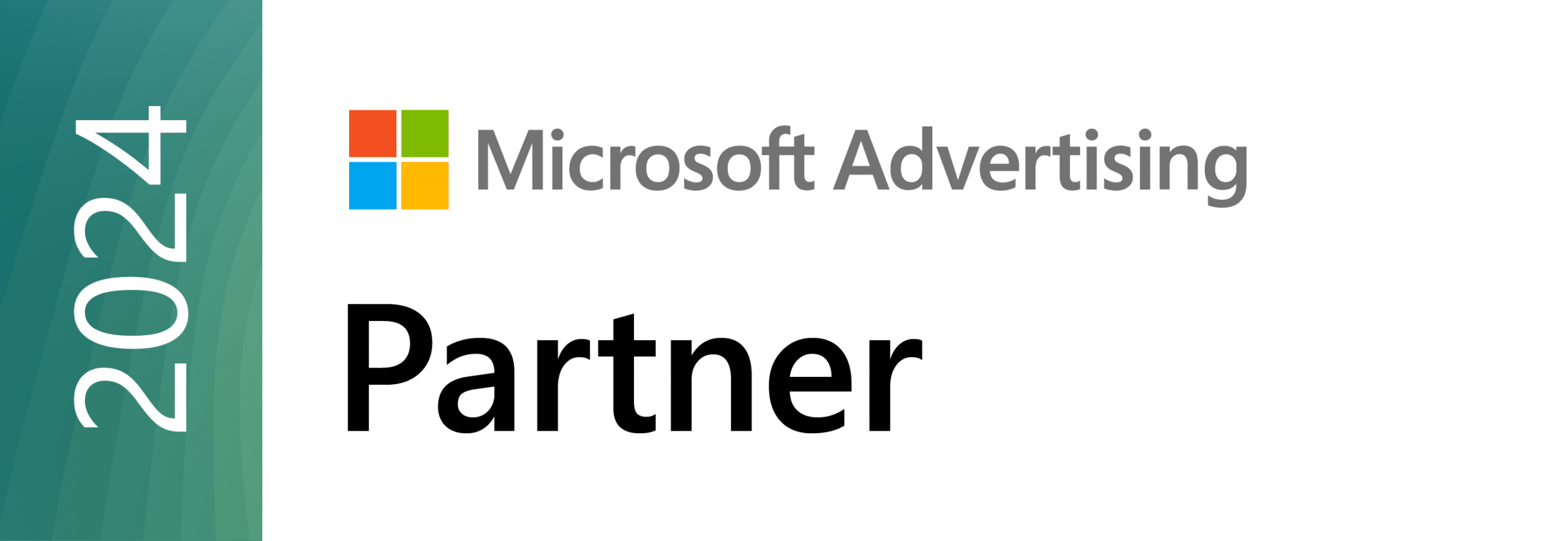
What You Need To Know About Social Media
[wtr-time]
Social media has been around for nearly two decades. Everyone wants to connect in some way or another and social media started to become popular with MySpace and LinkedIn in the early 2000s. Photo-sharing sites like Flickr came out shortly after and then in 2005 YouTube created a new way for people to communicate and share videos. Prior to YouTube sharing a video typically meant embedding it on a website which was very slow with poor video quality. In 2006 Facebook and Twitter took the virtual world by storm and became the most active social networks on the internet. Today the most popular social media channels that are used by businesses are Facebook, LinkedIn, Twitter, Instagram and to some extent Google My Business.

The Practical Purpose of Physician Social Media
While many physicians don’t see the relevance of maintaining a social media presence, think about what social media is all about. Social media is a way to share and teach information across a broad audience. Patients in OB/GYN offices often post pictures or a Snapchat of a sonogram. Having a chance to share the patient’s joys with family and friends lends an avenue to display how warm and caring a doctor is that can’t be captured any other way.
Google Likes Your Social Media
In the past year, there have been two major Google algorithm changes. With the Medic update in Aug 2018 and the June 2019 Core update, one thing is very clear: stagnant and outdated websites will not rank well in search results. If a site has been hit negatively with one of these updates, having social media channels will help patients find doctors or hospitals that may not rank well otherwise. Social media is an avenue to grab someone’s attention that may not be available anywhere else.
The Greatest Benefit For Doctors
The most frequently overlooked benefit of social channels is the trusted, high ranking brand authority of these social sites. A quick Google search of a local realtor or insurance agent will typically net a LinkedIn profile on the first page. The social media profile may be the only valuable information that comes up for a person who is just getting established. Having social media channels is particularly helpful when announcing a new physician, change in location or beneficial service. A press release posted to social channels is the fastest way to get new information out to the public. If a facility’s website is not well-established with a high domain authority this information may not be as readily available as it would be on social media.
Patients Like Doctors Who Are Likeable
One of the most important things that people do when searching for a new physician is to look on the internet. Many people are accustomed to utilizing social channels to learn more about a product or person and the medical world is no exception. While many healthcare providers are not particularly comfortable with self-promotion, consider the demographic breakdown of people with at least one social media profile. People in the age group of 18-29, 88% have one social media profile and the age group between 30-49 is around 78%. What may be of interest is a recent study shows over 40% of baby boomers check social media at least once a day. Providing informative data via social channels allows a person to get to know a doctor or healthcare facility prior to engagement. If a practice or hospital doesn’t have social media, patients may wonder if that provider is out of touch with current medical technology as well.
How Much Is Enough
Businesses do not need to post on social media on a daily basis. But posting on a social media channel weekly will help a brand stay relevant. Keeping a fresh timeline will keep people stay more engaged. Social media can also be used from a community outreach perspective. Hospitals may consider putting a blood drive on their social media channel or announcing recently received recognition from the community for providing care that’s above current standards.
Building A Trustworthy Brand
For example, a physician who was trained in traditional medicine may have found a passion for incorporating a more holistic approach to treatment by incorporating more healthful eating or exercise into a health plan. A quick post on social media is the place where the doctor or a staff member would be able to communicate these views to patients. If a physician or hospital has a regularly published blog, syndicating this information to the brand’s network will drive traffic back to site. Being a source of constant useful healthcare knowledge to the public will help build brand trust.
Target The Ideal Patient
Now that self-insured patients are more common, people are being more selective about providers and hospitals. Creating a brand will help attract patients that are best for a particular practice or facility. This is also a great medium to remind patients for preventative care such as an annual exam, flu shot, cholesterol check or mammogram. Providing helpful tidbits of information will create trust with the community. Social media is one of the fastest, and easiest ways to disseminate information to a broad audience especially with few people paying attention to commercials on radio or TV.
Can Social Media Make You A Better Doctor?
Creating a Facebook page will not necessarily bring more patients. No one tweet is miraculously going to fill a waiting room. There is very little research regarding the direct ROI of social media in healthcare. However, using these social channels to constantly be a helpful resource to patients will build reputation, perception and brand. Needless to say, solidifying a brand’s trustworthiness in a community is priceless. Social media is a win for healthcare.
More from viralMD
[wtr-time] Social media is crucial for attracting new patients for doctors and hospitals.TikTok is becoming a great platform for healthcare. #tiktokdoc
[wtr-time] Building brand awareness through social media channels for physicians, hospitals and outpatient surgery centers while building relationships.
[wtr-time] Facebook has become an integral part of a physician's or hospital's strategy for marketing to patients to provide better communication and information.









